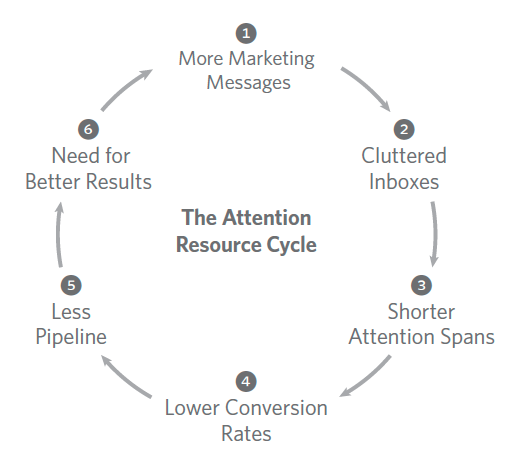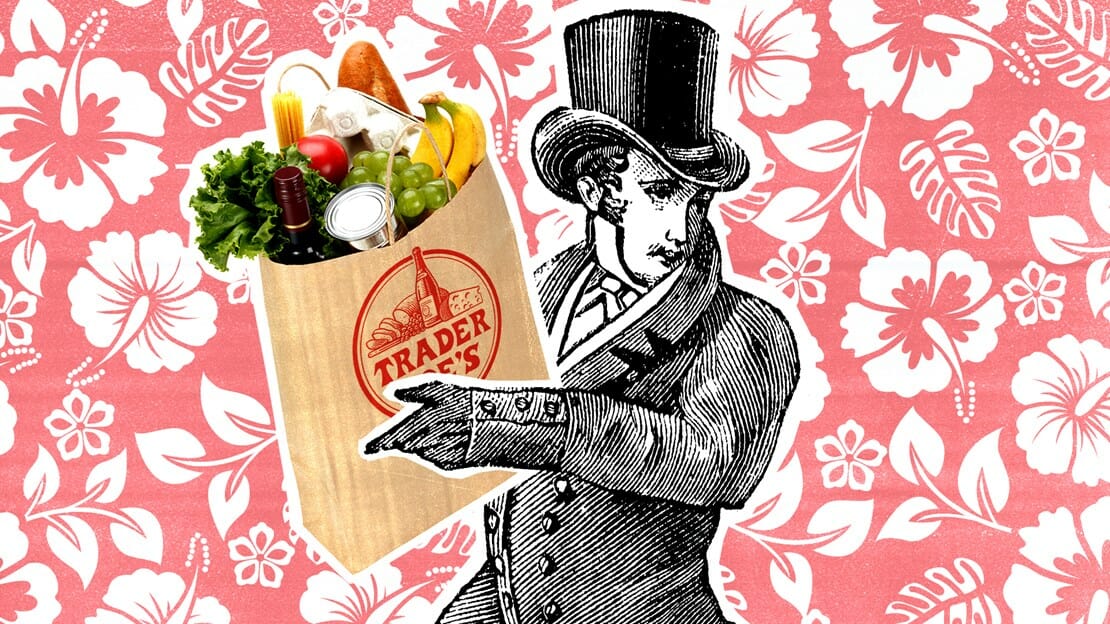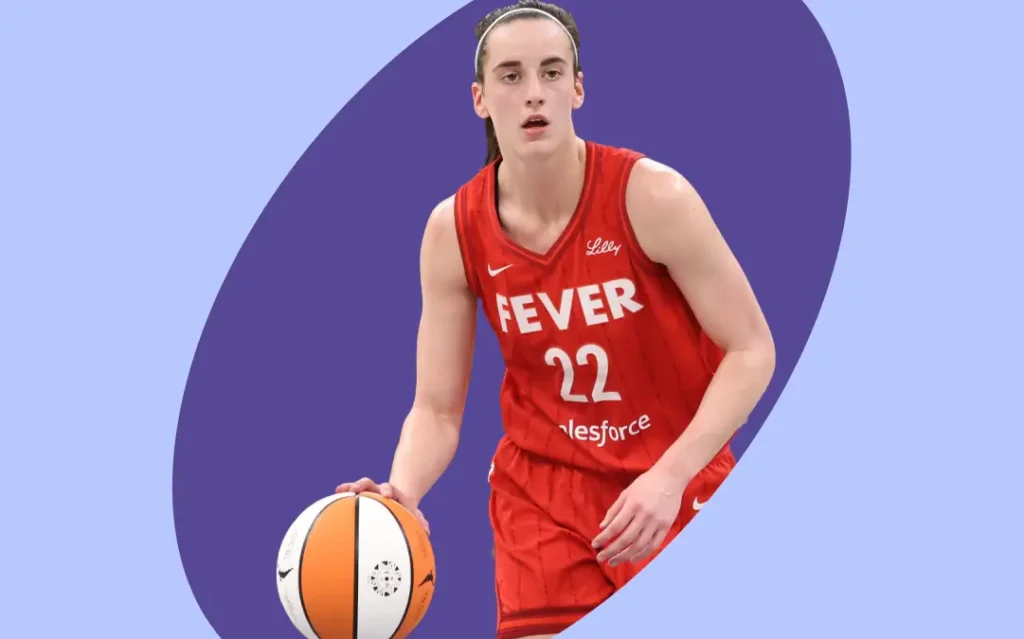Stop Worrying About Getting Attention and Start Paying Attention
Stop Worrying About Getting Attention and Start Paying Attention

The most valuable currency in the world is the fact you’re reading this right now. Your attention is like a scarce mineral and companies will blast mountains with dynamite for the tiniest trace element of it.
It’s safe to say we live in the attention economy. In exchange for everything being “free,” we have transitioned from being customers to the product. The phrase “time is money” has always rung true, but never before has it been so monetized or measured.
As a result, naturally, brands desperately want to know one thing above all else: how do we get attention? How do we differentiate, go viral, get the most number of eyes on us? While you can’t fault brands for thinking this way, it’s entirely the wrong approach. In fact, it only contributes to a negative feedback loop.

The truth is, if you think you deserve a piece of people’s valuable time, you need to stop worrying about getting attention and start paying attention. The answer is not jam-packing a podcast with as many ads as possible like an overstuffed doll. It is not those creepy targeted ads that follow you from page to page like a stalker. The answer is and always has been about paying close attention to what people want, need, desire, or lack—and solving those problems in ways that are quick, easy, delightful, or unexpected.
There are many ways to pay attention. Some brands take an inward look, examining the nuances of their industry to innovate within their space. Others look outward, examining the world around them and thoughtfully responding to what they observe. Either way, the following examples demonstrate that the best way to grow is keeping your gaze off the follower count and on the big picture.
Brands That Capture Attention by Looking Inward
Trader Joe’s is a $10 billion supermarket chain that’s biggest form of advertising is a thin newspaper that looks like something you might wrap fish with. Yet, they have built a devoted cult of fans through a unique line of constantly updated products, relentlessly friendly staff, and an unrivaled customer-service ethos. It positions itself as a “neighborhood grocery store” and as such, pays incredibly close attention to what people are interested in. You don’t come to Trader Joe’s to get everything on your list, you come to get your favorites and discover new obsessions. If they were aiming to get the most attention possible, they would carry trash bags, Ziploc bags, and fifteen kinds of toilet paper. Instead, they eschew trying to be everything to everyone and pick their spots carefully.

Spotify is a music streaming service, but like all companies in 2019, they really are a data company. They have an amazing track record of paying close attention to that data, drawing hyper-specific insights and doing incredible things with them. Spotify Wrapped curates all your favorite music into a year-end compilation with stats about your unique listening habits. Their billboards are famous for their humor and exactitude. For example, the “Listen Like You Used To” campaign contrasts the way today’s 40s-50s crowd enjoyed music back in their youth versus the comfortably bland realities of today. Research shows that people’s musical tastes as teenagers largely set their preferences into adulthood. Meaning, if you enjoyed that Spice Girls CD in 1996, you’re probably still going to find it’s a banger in 2019. Spotify listens to its customers so they can listen to what they love.

As a food and entertainment magazine, Bon Appetit has basically been doing the same thing since its first publication in 1956. They come up with recipes, offer recommendations, and write reviews. They haven’t changed their formula, but by paying attention to the exact format people want that content in, they have gone from a food magazine to a digital content empire. Their videos generated 1.3 billion views across all social media platforms last year, and with the addition of a new streaming video service, that number is only expected to grow. It’s not about reinventing the wheel, it’s about honing your craft and discovering the perfect conditions for that wheel to gain the most traction.

Brands That Capture Attention by Looking Outward
“The President stole your land,” declared Patagonia, in response to Trump’s reduction of Bears Ears and Grand Staircase-Escalante National Monuments.
“Believe in something, even if it means sacrificing everything,” said Nike, in response to the suspension of Colin Kaepernick and the larger issue of police brutality.
“Is this the best a man can get?” posed Gillette, in response to the #MeToo movement and toxic masculinity.
“If someone asked you to describe yourself, what would you say?” asked Dove, in response to negative self-talk and unattainable beauty standards.
These brands (and many others) are experts at tapping into the national conversation by paying attention to the things that keep us up at night. They take risks, not just because they have the guts, but because they know taking a stand on social issues pays off. According to the 2018 Edelman Earned Brand report, 64% of consumers worldwide are “belief-driven buyers.” That controversial Nike campaign? It just won an Emmy. From Everlane’s radical price transparency to Lush’s sustainability ethics, there are infinite ways for your brand to authentically enter a larger discourse.
What high-level questions can your brand start asking? Where can you genuinely put a stake in the ground? How can you use your product as a vehicle for meaningful change?
Thank You for Your Attention
We need to start treating attention as the precious resource that it is. Whether by looking inward or outward, the best brands are those that make us feel the time we invest is time well spent. Because the hard truth is: we’re never getting that time back.
Emotive Brand is a brand strategy and design agency in Oakland, California.






